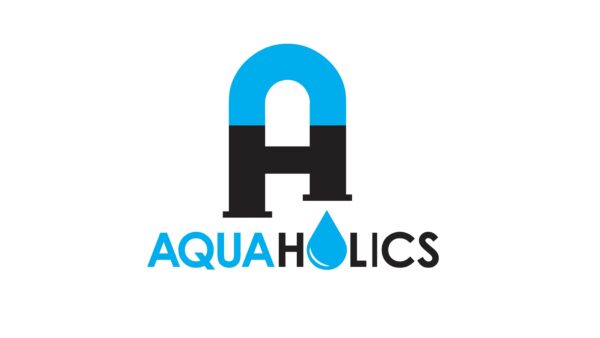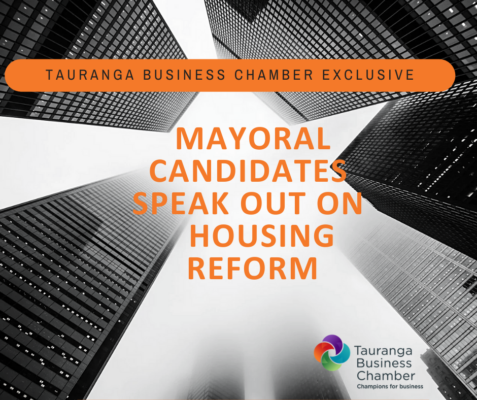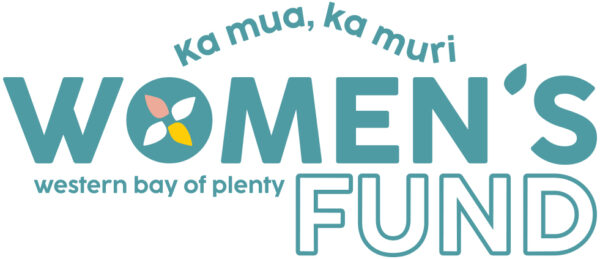With New Zealand now in the COVID-19 traffic light system, employers want certainty in relation to leave entitlements and payments for employees that must isolate.
To understand what entitlements employees have, it is essential for employers to first understand how long their employee will be expected to isolate.
Shima Grice, Partner, and Kate Bennett, Law Clerk, from Sharp Tudhope explain.
Current isolation requirements
Employees may be required to isolate for varying lengths of time, dependant on their vaccination and exposure status.
Where an employee tests positive for COVID-19, they will be required to isolate at home for:
- 10 days, including 72 hours symptom free, if they are fully vaccinated: or
- 14 days, including 72 hours symptom free, if they are unvaccinated or partially vaccinated.
Where an employee is a close contact of a COVID-19 case, they will be required to isolate for:
- 7 days if they are fully vaccinated; or
- 10 days if they are unvaccinated or partially vaccinated.
All household contacts of COVID-19 cases are required to isolate for a period of 10 days, regardless of vaccination status.
What if an employee is sick?
If an employee tests positive and is too sick to work, they can take sick leave.
Under the Holidays Act 2003, employees who have been employed for longer than six months are entitled to 10 days’ sick leave each year. If this is insufficient to cover the isolation period, the employee will be on unpaid leave (or may apply to use any annual leave entitlement) until they are able to return to work unless otherwise agreed with their employer.
What if an employee can work from home?
In the event an employee is required to isolate, but can work from home, their employer must pay them as usual. However, many employees will not be able to work from home due to the nature of their jobs.
What if an employee is unable to work from home?
Generally, an employee must be ‘ready, willing and able’ to work for an employer to be obliged to pay them. An employee may be ‘ready and willing’ to work but not able to due to isolation requirements. In that case, as the employee is not sick, they are not entitled to take sick leave.
Both parties should consider whether if there are viable leave options such as annual leave or leave without pay, and to consult with each other to agree pay arrangements.
Employers should also be aware that an employee cannot be required to take annual leave unless the employer has complied with the process in the Holidays Act, which includes genuinely consulting in good faith with the employee about taking leave, and only if agreement cannot be reached, giving the employee 14 days’ notice of the requirement to take leave.
How is this affected by subsidies?
The Government has introduced two new payments for affected employers.
These are the COVID-19 Short-Term Absence Payment of $359 gross, which can be applied for once in any 30-day period (unless a health official or doctor tells the worker to get another test). This is for short term absences while the employee is waiting for test results.


The other payment is the COVID-19 Leave Support Scheme, which is currently $600 gross per week for employees working 20 hours or more a week. To be eligible for a one-week payment of Leave Support Scheme, the employee must have been advised to self-isolate for at least four consecutive calendar days.
If the employee needs to keep self-isolating for at least 11 calendar days or more and can’t work from home, employers can apply for a second week payment of the Leave Support Scheme.
However, if employers apply for these payments, they must complete the relevant declaration. For the COVID-19 Leave Support Scheme, this includes declaring that the employer will, for the period during which it receives the subsidy:
- Use best endeavours to pay at least 80 per cent of each named employee’s ordinary wages or salary; and
- pay at least the full amount of the subsidy to the each named employee; but
- where the ordinary wages or salary of a named employee is lawfully below the amount of the subsidy as at the date the employer applies for this subsidy, pay the employee that amount.
This means that even if the employee is not able to work from home, if the employer applies for a subsidy, it will be obliged to make at least some payments to the employee to comply with the declarations given.
While every effort has been made to ensure this information is correct at the time of publication, it is necessarily general in nature and does not constitute specific legal advice – and, if there is one thing we know about COVID, it’s that things keep changing, so we encourage you to seek advice for your business by contacting one of our employment team.
















































